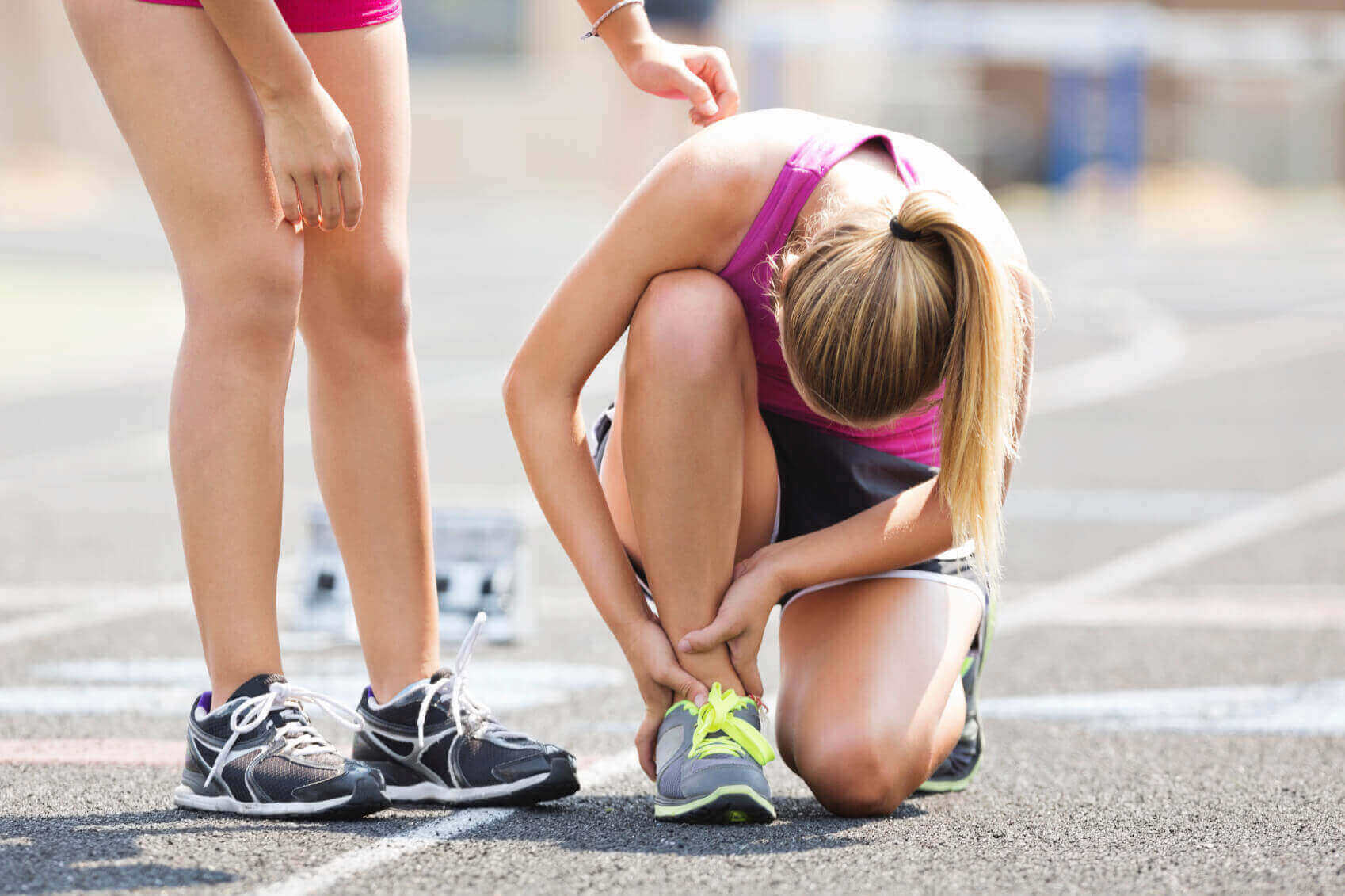
A survey carried out with data collected in the 1st Stage sought to analyze the primary injuries that occurred in athletics practitioners. Therefore, data from forty-three athletes were considered for this research, being 16 males and 27 females. The average age of participants was 23.2 years. A questionnaire with five open and five closed questions was made as a research methodology aimed at athletes.
Thus, from the data obtained, it was found that, of the total number of athletes who answered the ten questions, 84% had already suffered some injury in the sport. Of this percentage, 77% of injuries occurred on training days, while 23% during competitions.
According to this study, it was also found that the significant injuries in athletics athletes are: strains, tendonitis, sprains, contractures, and inflammation. In addition, it was found that the most affected body region is the lower limbs.
And many workouts demand strength and endurance movements from their athletes that are repeated significantly for the body; therefore, injuries in training are more common than in competition.
As we have previously reiterated, athletics is a sport with several sub modalities within its practices. Considering the three groups of events (running, jumping, and throwing), muscle strains in the lower limbs are the most frequent injuries in this sport.
How To Treat Sports Injuries
As for how to deal with injuries, of the athletes analyzed in the survey above, 55.5% of them sought physical therapy as a treatment for their injuries, while 16.6% received physical therapy assistance from the doctor. Physical injuries can be harmful to anyone’s health, but they can mean a significant stalemate in their sports career for athletes.
Still using research data published by the Department of Physical Education at UEM, 75% of injured athletes lost essential competitions, and 70% went months without training, which delays the athlete’s subsequent performance.
Any injury must be prevented; after all, it is never a good alternative to feel pain and have your daily activities affected by it. However, this tip is even more important for athletes: to avoid having to treat your injury, prevent it, and don’t suffer from this problem. So, to reduce your chances of injury in training, remember to use adequate equipment in well-structured environments and always opt for an excellent professional orientation.
Conclusion
Therefore, from the evidence that the significant injuries in athletics athletes occur during training, probably due to repetitive efforts, it is concluded that the best tip is always to prevent. Train in a good quality location and follow-up, respecting the limits of your own body, to avoid strains, contractures, and strains that hinder the athlete’s sports performance.




